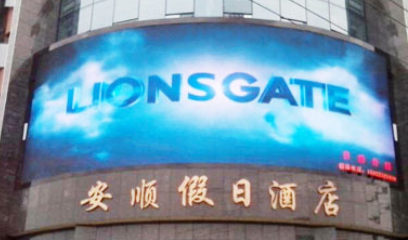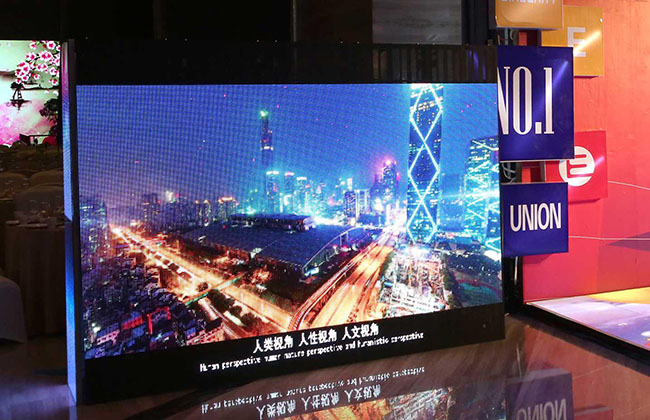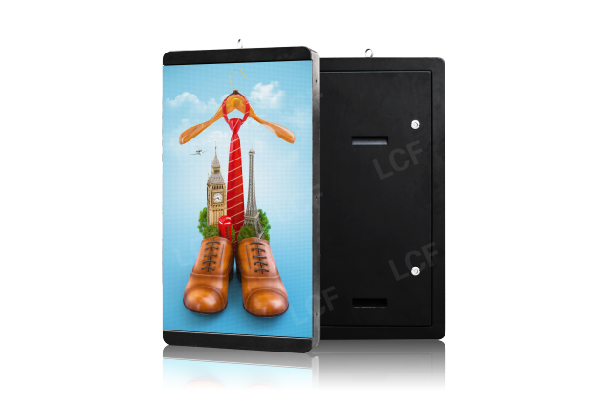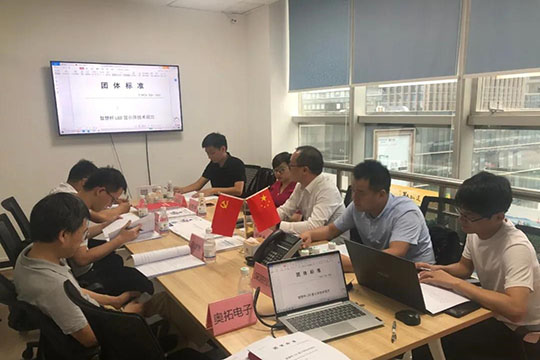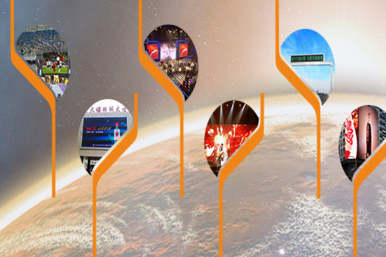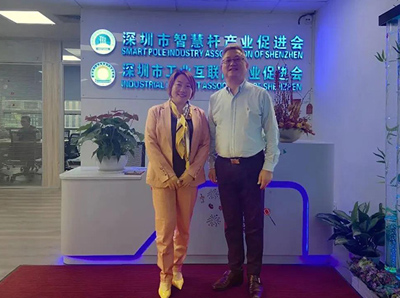Publisher: Supplier of LED Display Time: 2018-10-08 16:36 Views: 4639
Environmental protection and energy saving LED display is a system engineering application integrating electronic technology, computer technology, electrical technology, optical technology, green environmental protection to reduce light pollution and low power consumption. For a long time, low power consumption has become a key indicator that users pay attention to. Reducing energy consumption and green environmental protection is an important current development direction of the LED display industry technology. Outdoor environmental protection and energy saving LED display uses international cutting-edge design concepts, taking into account all aspects of cost factors, and finally implements low-power innovation and innovation from three aspects. design.

1. Energy-saving design of wireless module: Energy-saving design technology is mainly based on the design of the latest LED wireless modules and constant current drive chips to drive high-efficiency LED tubes.
(1), the latest LED wireless module screen design and low-energy LED tube selection: environmental protection and energy-saving LED wireless module pixel screen is generally composed of a single pixel point, the maximum power consumption of the pixel is: 300w/㎡. The physical density is as high as 40,000 dots/㎡. The current and the brightness of the light spot are linearly proportional. Using high-density and low-energy-consumption device groups, LED lamp point power consumption is as low as 50% compared with ordinary LEDs, and display pixel power consumption is relatively small. Under the condition that the pixel brightness of the display is uniform, the power consumption of the wireless module of the LED energy-saving display will be reduced to more than 20%. Therefore, only an environmentally friendly LED display device group with high light spot efficiency and large intensity and brightness value can achieve effective energy saving.
(2) High-efficiency constant current drive circuit design: LED traditional display components use 5V power to drive the dot matrix module to supply power, divide the voltage to the constant current drive circuit IC, and eliminate the necessity for the constant current circuit chip to reach linear conduction. In addition to the positive voltage power prepared, the conversion of other remaining voltages into heat energy causes unnecessary consumption. The LED energy-saving and environmental protection display component pixel point constant current drive circuit is designed to adopt a unitary LED device decentralized power supply method: the unitary device also uses the latest technology energy-saving low-voltage energy-saving drive IC. After many tests, it has been proved that the energy-saving wireless module can save more than 20% energy compared with the traditional module under the condition that the same type of energy-saving constant-current drive chip LED components are used and the display effect is the same.
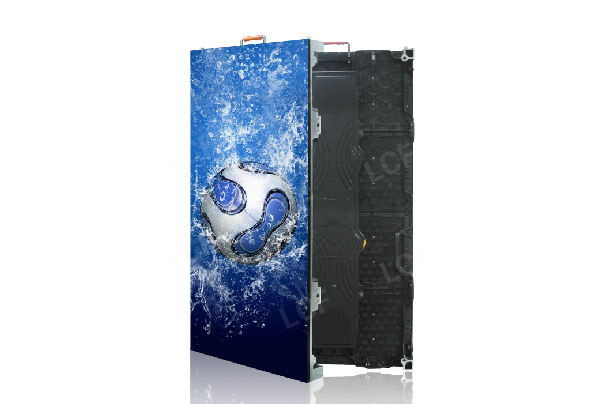
2. Energy-saving design of LED environmental protection and energy-saving display control system
The LED environmental protection and energy-saving display screen includes computer hardware and system software, and the media editing platform of the LED energy-saving environmental protection display system provides a video signal source for the LED energy-saving environmental protection display screen; it is also the monitoring platform of the LED energy-saving system. From the perspective of environmental protection and energy saving, various software and hardware of the system are properly adjusted to achieve system energy saving:
(1) According to the current power consumption requirements of actual operation feedback, the three-way cross power supply components of the matching hardware are balanced and controlled;
(2) Reach time and efficiently manage LED display pixels;
(3) Realize the rationalization of the environmental program to control the display brightness.
3. Module power supply energy-saving design
Outdoor LED energy-saving and environmental protection display uses high efficiency, with PFC synchronous circuit design for power supply, which greatly improves pixel power and reduces heat consumption so that the energy of the switching power supply can be effectively converted. It is a bus power supply mode in which the output of low-voltage and high-current switching power supply modules are connected in parallel. Due to the low power factor and large copper loss of the transformer, the overall power conversion efficiency is low (full load can only be achieved within 75%). The energy conversion efficiency of the modular switching power supply is as high as 86% or more, and the efficiency is at least 20% or more in the conventional power conversion rate. Taking the above measures, the advantages of low power consumption of outdoor LED energy-saving and environmentally-friendly display screens have four aspects:
(1) Saving of electricity costs; reduction of operating costs.
(2) Reduce the temperature of the display module; reduce the investment of heat dissipation equipment;
(3) Reduce the power consumption of the display screen, reduce the input of cables and power capacity increase
(4) Delay the LED attenuation speed, reduce the temperature drift of the photoelectric parameters of the display, stabilize the image effect, improve the reliability of the system, and extend the life of the display. Compared with the conventional LED display, the outdoor LED energy-saving and environmental protection display not only reduces the investment in heat dissipation equipment and delays the LED attenuation speed, but also the energy-saving rate reaches 25%-50%. The benefits are significant. Calculated with a square meter outdoor P10 full-color display, the traditional LED display consumes 1000W of electricity for 100 square meters, and consumes 100 KW per hour. According to the calculation of one kilowatt-hour of electricity, the cost of electricity is 100 yuan per hour. Calculated based on the average daily lighting for 10 hours, it consumes 1,000 yuan of electricity per day. The same 100㎡ P10 external surface-mounted energy-saving display, with an average energy saving of 40%, consumes 545W per 100㎡, and consumes 54.5KW per hour. According to the calculation of 1 yuan per kilowatt-hour, the hourly electricity cost is 54.5 yuan, according to traditional advertising If the screen is illuminated for 10 hours a day, the electricity cost is 545 yuan per day.
It can be seen that the energy-saving display screen can save 455 yuan in electricity bills every day, and the annual electricity bill of the energy-saving display screen saves 16,1980 yuan. If the screen age is used for 6 years, then it can save 971.880 yuan in these 6 years, which makes the cross-field industry chain quickly connect and accelerate the application layout.

